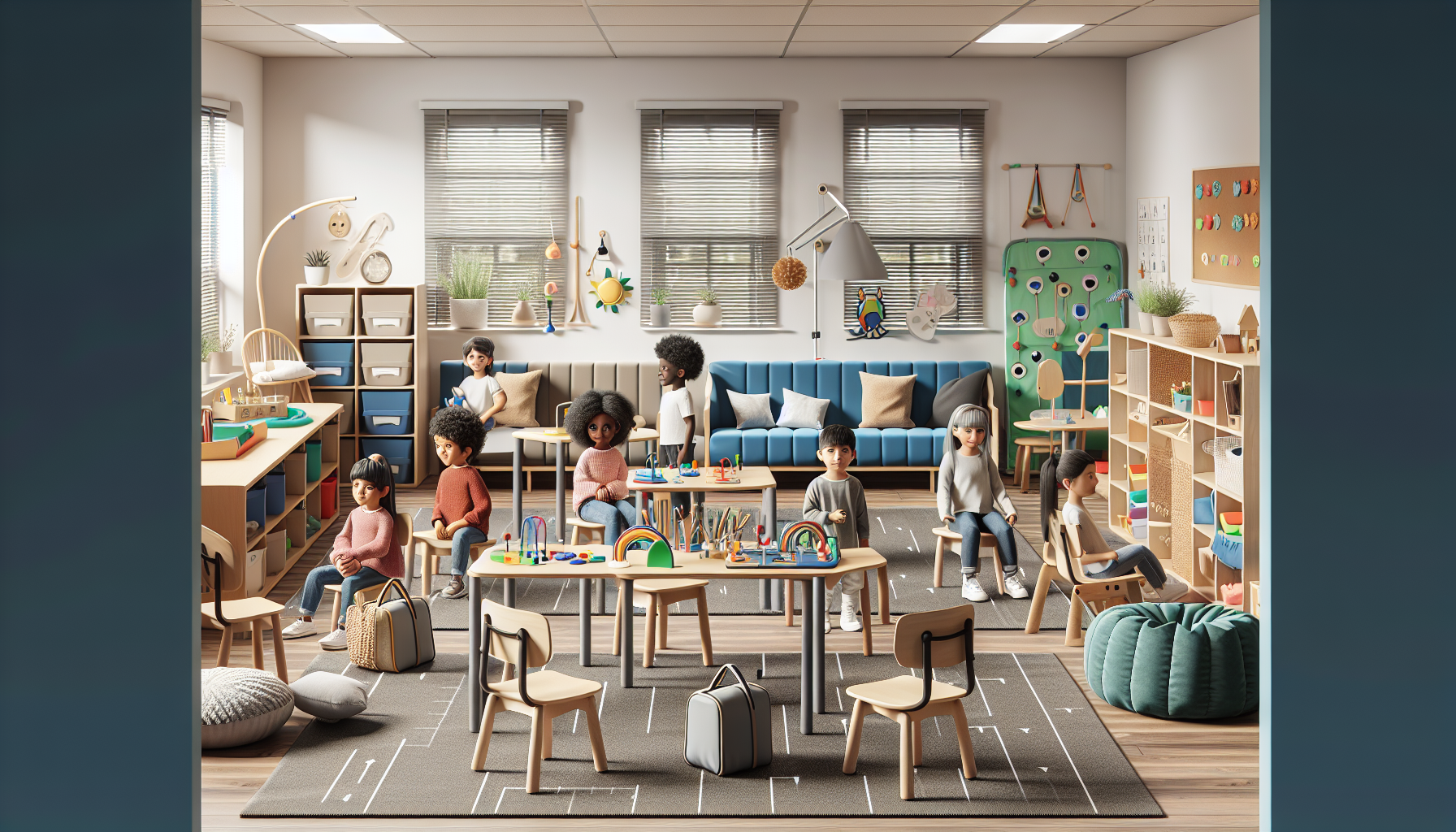The sensory needs of students can vary greatly, with some requiring more support than others to engage effectively in the learning process. Sensory processing issues can affect a child’s ability to focus, manage emotions, and perform academically. By understanding and supporting these needs in the classroom, educators can create a more inclusive environment that facilitates the success of all students.
Understanding Sensory Processing
Sensory processing refers to the way the nervous system receives messages from the senses and turns them into appropriate motor and behavioral responses. For some individuals, this process can be challenging, leading to sensory processing disorders (SPD) which can impact daily functioning and learning. Sensory needs can be complex, and they intersect with various aspects of Sensory Health, a critical component of overall well-being.
Identifying Sensory Needs in Students
The first step in supporting sensory needs in the classroom is identifying them. Some students may be hypersensitive to sensory input, finding certain sounds, lights, or textures overwhelming. Others may be hyposensitive, seeking out additional sensory stimulation. Indicators of sensory processing issues can include difficulty staying seated, sensitivity to lights or sounds, or challenges with fine motor tasks.
Creating a Sensory-Friendly Classroom
To accommodate these diverse needs, educators can create a sensory-friendly classroom environment. This can involve:
- Reducing Overstimulation: Utilize soft lighting, minimize classroom noise, and provide quiet spaces where students can retreat when overstimulated.
- Incorporating Sensory Breaks: Allow students to take short breaks to engage in activities that help them regulate sensory input, like jumping, stretching, or deep-breathing exercises.
- Using Flexible Seating Options: Offer seating options such as stability balls, bean bags, or standing desks to cater to students who need to move to focus.
- Implementing Sensory Tools: Provide access to fidget tools, noise-canceling headphones, or weighted lap pads to help students self-regulate.
Sensory Diet in the Classroom
A sensory diet is a personalized activity plan that provides the sensory input a person needs to stay focused and organized throughout the day. It might include exercises for proprioceptive input, like carrying books, or vestibular input, like spinning in a chair. For more insights, educators can refer to the article on Effective Sensory Diet Exercises for Various Ages.
Collaborating with Specialists
Teachers can work with occupational therapists who specialize in sensory integration to develop strategies tailored to the needs of their students. These professionals can provide insights into the benefits of sensory integration in occupational therapy, helping students engage more fully with their learning environment.
Sensory Integration Techniques
Sensory integration techniques can include therapy that uses play activities in ways designed to change how the brain reacts to touch, sound, sight, and movement. Incorporating such techniques into the school day can be beneficial. For a deeper understanding, educators could explore the content on Sensory Integration Techniques for Senior Care, which offers a perspective on applying these methods across different age groups, including adaptations for the classroom.
Training and Professional Development
To effectively support sensory needs, educators should pursue professional development opportunities to better understand sensory processing issues. Training can cover topics such as recognizing the signs of sensory processing difficulties, implementing classroom modifications, and collaborating with families and professionals.
Resources for Further Learning
Educators seeking to expand their knowledge on this topic can explore a range of high-quality resources. For instance, the Star Institute for Sensory Processing Disorder provides extensive information on sensory processing and strategies for support. The Understood website offers practical tips and resources tailored to educators working with students who have learning and attention issues. Additionally, the Sensory Processing Disorder Foundation is a valuable resource for research and education on sensory processing disorder.
Conclusion
Supporting sensory needs in the classroom requires a multifaceted approach that includes creating a sensory-friendly environment, individualizing strategies, and collaborating with specialists. By incorporating a sensory diet, utilizing sensory integration techniques, and engaging in ongoing professional development, educators can offer the necessary support to students with sensory processing challenges, leading to improved academic outcomes and well-being.
For further exploration on the impact of sensory issues on academic performance, educators are encouraged to read The Impact of Sensory Issues on Academic Performance. By fostering an understanding of sensory needs, teachers empower students to reach their full potential both inside and outside the classroom.



